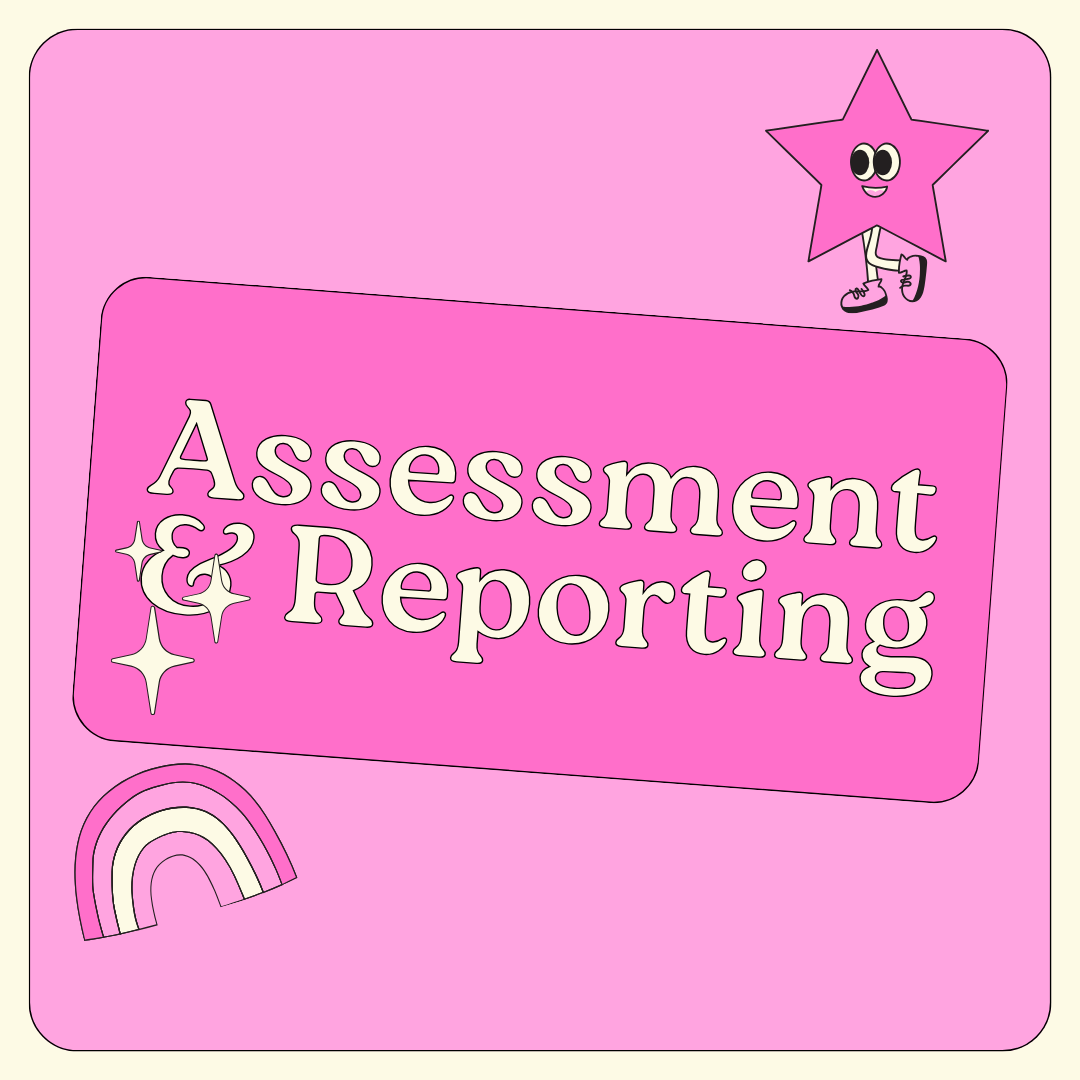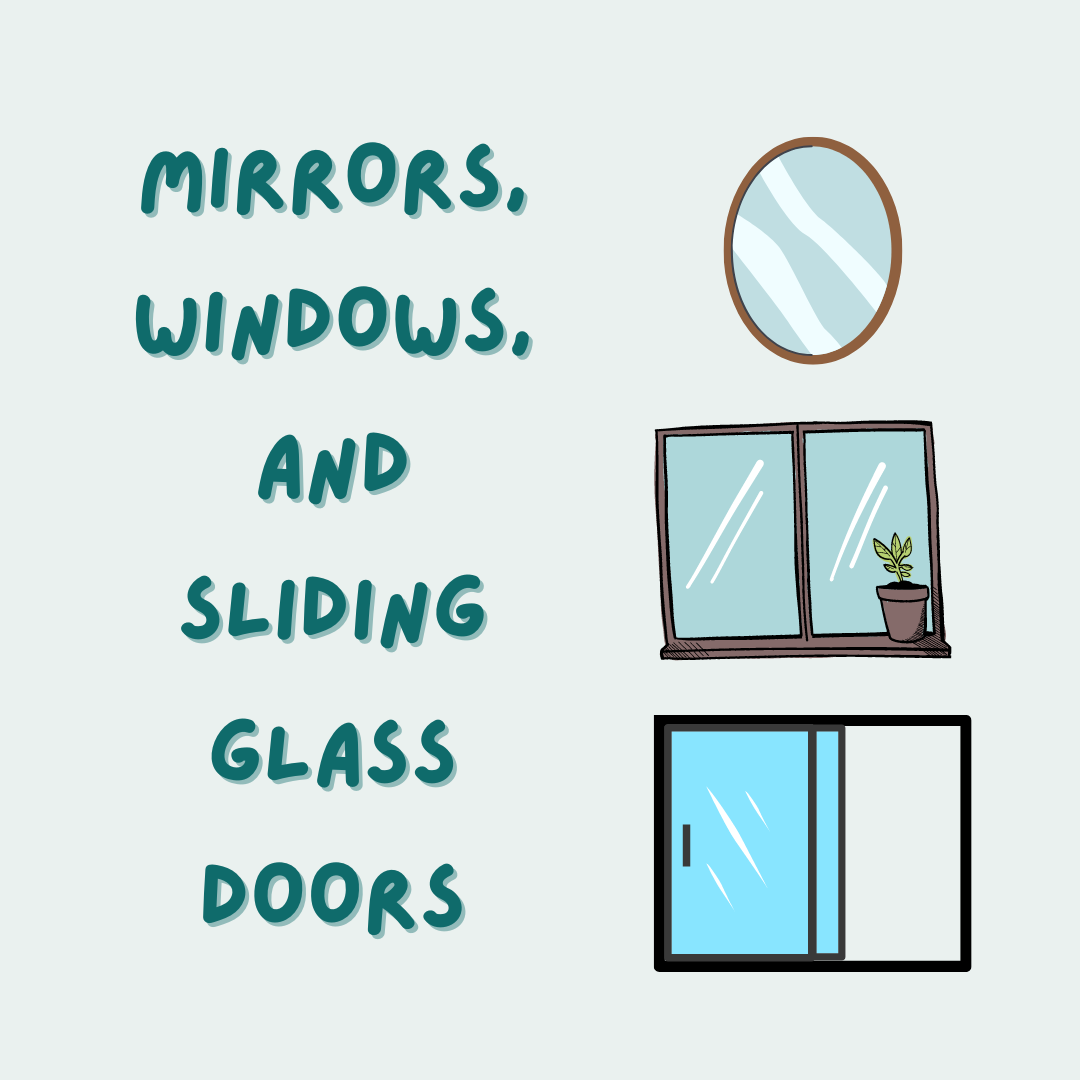Classroom Setup

The classroom I visited today employed a variety of approaches to help students develop literacy skills. Although this classroom didn’t feature many physical components to promote literacy development (such as posters, alphabet, word wall, etc), it made up for it with daily literacy exercises. One noteworthy exercise was the daily Wordle challenge, a collaborative activity that required the class to work together, using their vocabulary and spelling skills to solve the daily Wordle puzzle. This collective problem-solving not only enhanced their word recognition, but also encouraged effective communication and cooperation.
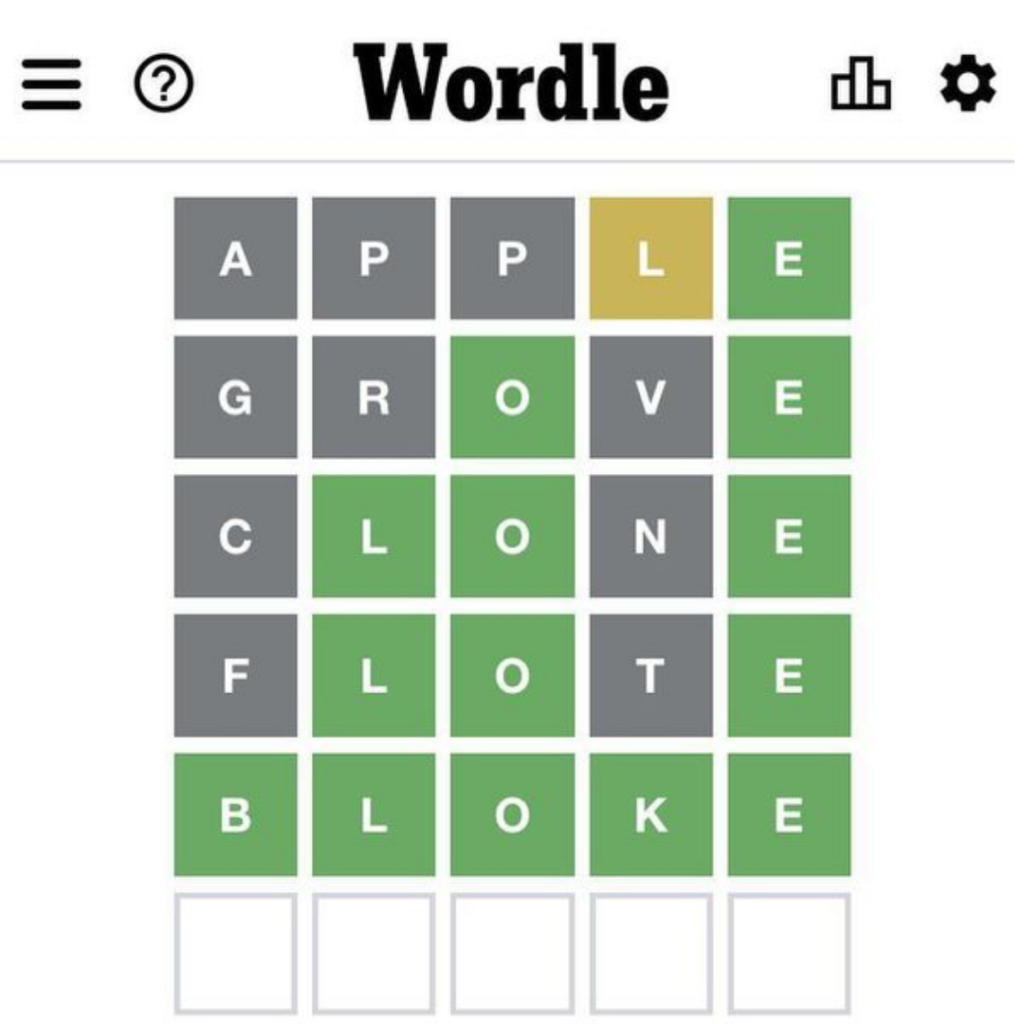
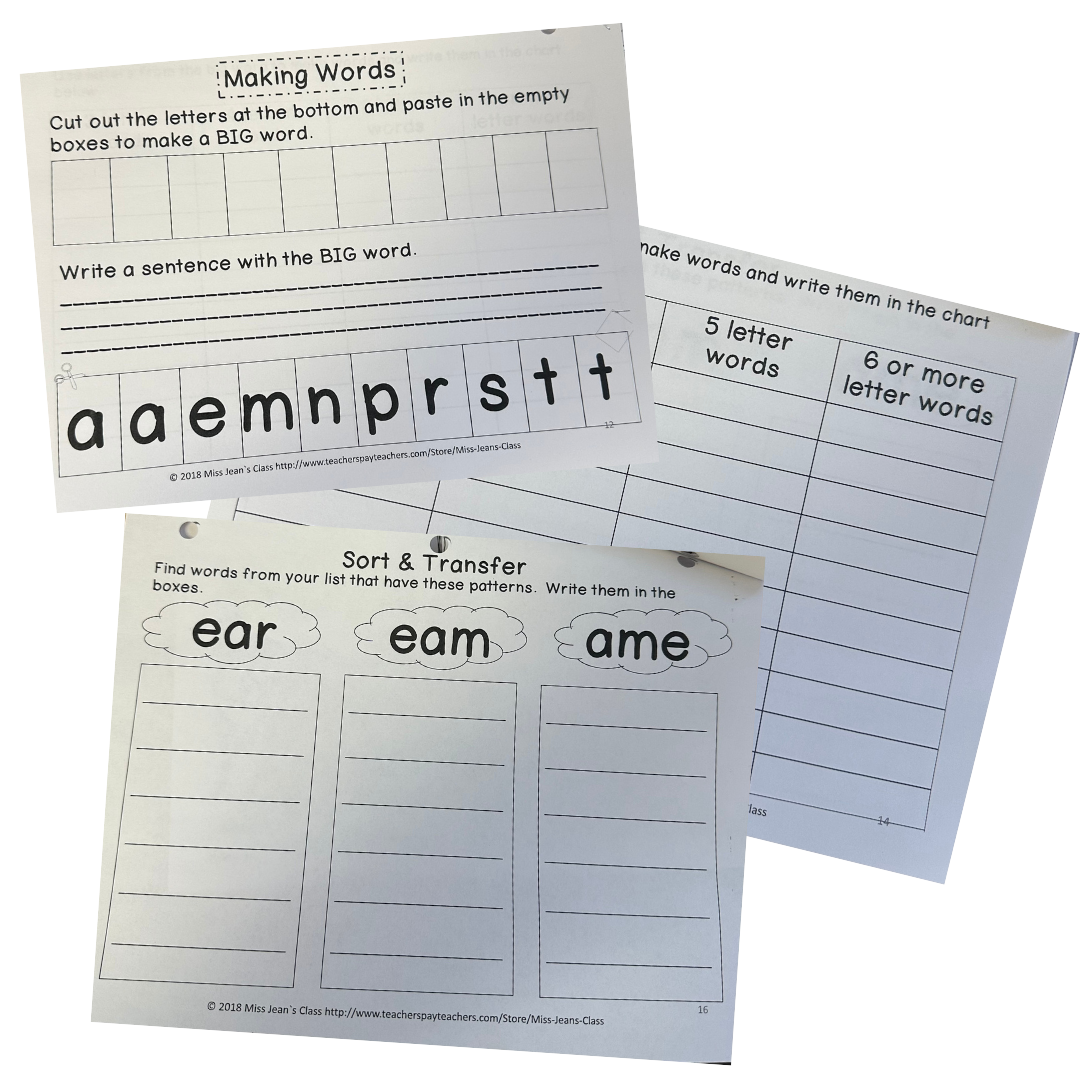
After the class successfully completed the Wordle challenge, they transitioned into the second part of their daily literacy exercises. Here, students worked independently to construct words of varying lengths- 3, 4, 5, and 6 letters or more- using a set of letters provided by their teacher. As an extra challenge for the extending students, the teacher encouraged them to try and solve the 8‑letter word using all the provided letters. In addition to creating a list of words varying in length, this task also required them to create words that adhered to specific patterns, including those containing “ear,” “eam,” and “ame.” This requirement heightened students awareness of phonetic patterns and also encouraged them to apply their understanding of spelling rules in a practical context.


In a perfect world, I would love to feature a reading corner in my classroom. This cozy corner will serve as a space for my students to explore books of their choice at their own pace and engage in independent reading. Having a dedicated space to unwind, relax, and immerse themselves in a book will help my students improve their reading comprehension, vocabulary, as well as help them practice their concentration. My aims for this space is to be an environment where students can enjoy reading without any pressure, and grow their love for reading.
In my future classroom, one of the ways I plan to promote literacy development is by establishing a thoughtfully curated and diverse library. By providing my students with access to a wide range of genres, difficulty levels, and areas of interest, I aim to create an environment that will foster my students’ love for reading. Having a well-stocked classroom library (that is updated frequently to keep things fresh) will also give my students the opportunity to explore different styles, expand their vocabulary, and further develop critical thinking skills.
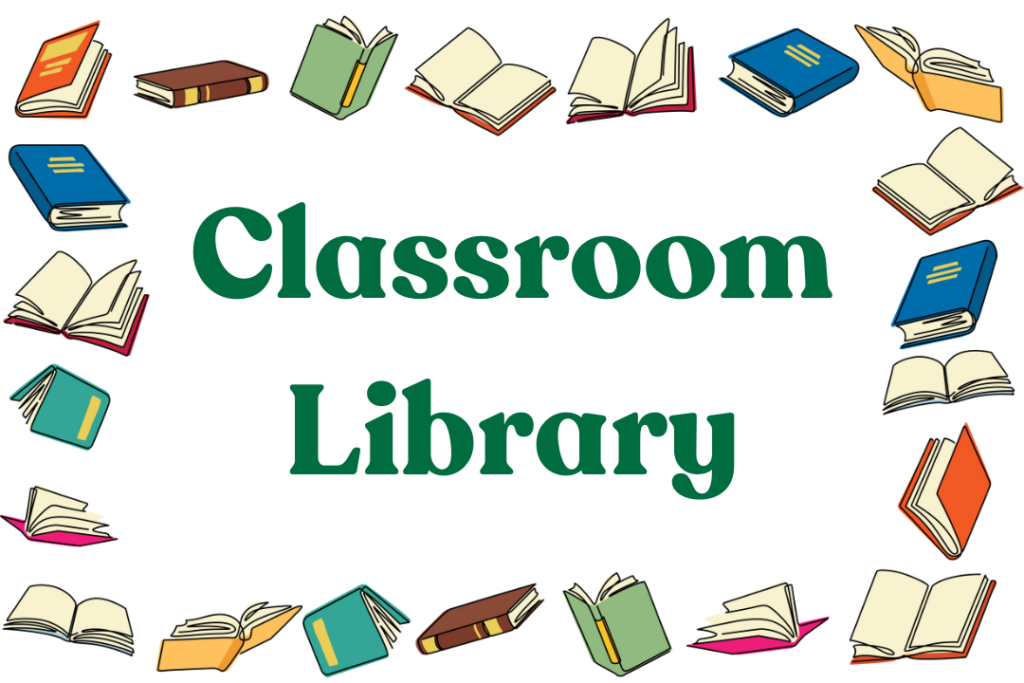
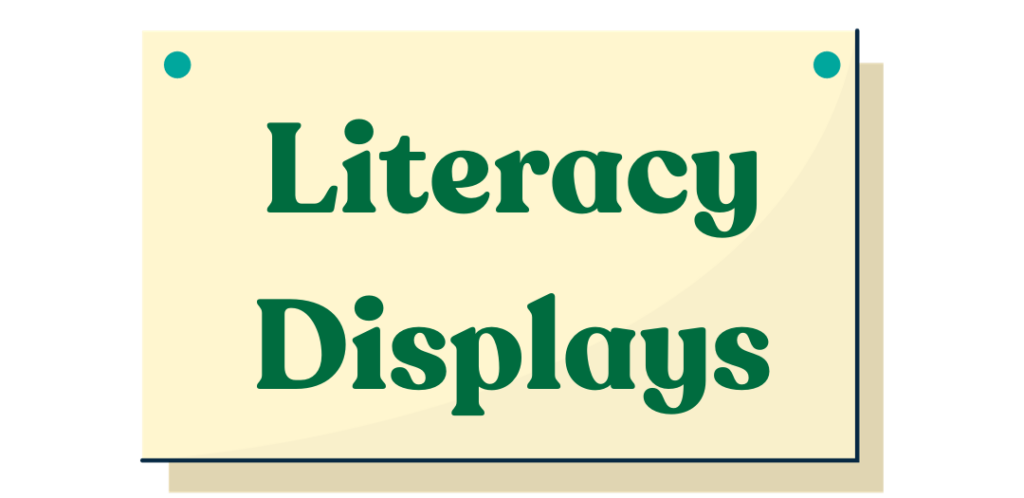
I also plan to feature a variety of literacy-based displays in my classroom, showcasing student work, book reviews, literary projects, and new vocabulary. My intention for these displays is to catch students’ attention and spark their interest in reading, as well as celebrate and reinforce the importance of reading and writing. Displaying these different components of literacy in the classroom will serve as a reminder of the value we place on literacy skills, as well as motivate my students to participate in reading and writing activities.
